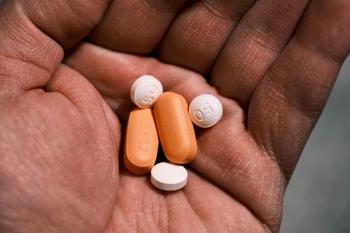
Secure Patient—Provider Messaging Associated With Positive T2D Outcomes
Patients using secure online messaging to communicate with their healthcare providers about their type 2 diabetes (T2D) demonstrated improved clinical outcomes, according to a new study.
Patients using secure online messaging to communicate with their healthcare providers about their type 2 diabetes (T2D) demonstrated improved clinical outcomes, according to a new study.
Research
More than 20,000 patients with T2D were enrolled in the portal and included in the study. The rate of patients sending messages to their providers increased during each study year. Across the entire study period, 72% of patients sent at least 1 message during a year. Those who used the messaging feature were more likely to be younger, female, and white, and to have had a longer relationship with their provider compared with those who had not sent any messages.
Patients who did not send messages had the same average number of visits per year (3.2) as those who sent 1 message a year, but visits increased with the number of messages sent for those who sent 2 or more. Patients who sent 5 or more messages made 4.8 visits per year, on average.
The patients using messaging more frequently were also more likely to have better glucose control outcomes as measured by glycated hemoglobin (A1C). For instance, those who sent 4 or more messages were 55% more likely to achieve glucose control than those who had sent only 1, and not sending any messages was negatively associated with having A1C control. Sending messages through the portal was a stronger predictor of A1C outcomes than the number of visits per year.
The size of the association was similar for messages initiated by providers and by patients, indicating that the better glucose control outcomes were not just because motivated patients had taken the initiative to send a message. Researchers also found smaller, but positive, associations between message frequency and other outcomes linked to high-quality T2D care, including having A1C screenings, eye examinations, and monitoring of nephropathy.
Despite these positive findings, the study authors noted that such a program may be financially difficult for practices to implement. The organization in question provided the service free for patients to use and compensated clinicians with $3 to $5 per message conversation, but that structure may not be feasible for all practices.
“Although the effect of messaging on the provider experience and the total cost of care has yet to be determined, secure messaging appears to be used as a tool to complement, rather than replace, in-person office visits and has a stronger beneficial association among patients with additional needs for communication,” the study concluded.
Newsletter
Stay ahead of policy, cost, and value—subscribe to AJMC for expert insights at the intersection of clinical care and health economics.














































